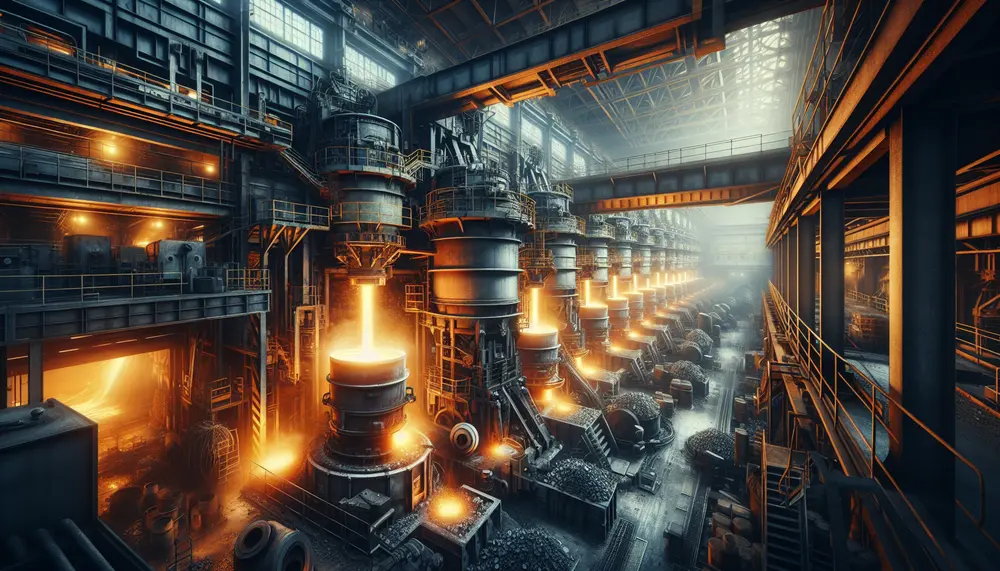Crystalline Structure
Crystalline Structure
Was ist eine "Crystalline Structure"?
In der Welt der Steel production and steel trade, spielt die 'Crystalline Structure' eine entscheidende Rolle für die Qualität des Stahls. Die 'Crystalline Structure' bezieht sich auf die Anordnung von Atomen in einem Kristall. Bei Stahl, welcher hauptsächlich aus Eisenatomen besteht, kann die Art und Weise, wie diese Atome angeordnet sind, erheblich die Eigenschaften des Stahls beeinflussen.
Die 'Crystalline Structure' und ihre Bedeutung in der Stahlproduktion
Die Anordnung der Atome in der 'Crystalline Structure' hat direkten Einfluss auf Stärke, Flexibilität und Härte des Stahls. Dies wirkt sich auf dessen Verarbeitung und Verwendbarkeit in den verschiedensten Branchen aus. Bei der Produktion von Stahl wird daher auf eine kontrollierte Erzeugung spezifischer 'Crystalline Structures' großen Wert gelegt.
Arten von 'Crystalline Structures' in Stahl
Es gibt verschiedene Arten von 'Crystalline Structures' in Stahl, alle mit jeweils eigenen Merkmalen. Bekannt sind beispielsweise die body-centered cubic (bcc) und face-centered cubic (fcc) Strukturen. Bei der bcc-Struktur sind die Eisenatome in der Mitte und an den Ecken eines Würfels angeordnet. Diese Anordnung macht den Stahl hart, aber spröde. Die fcc-Struktur dagegen ist flexibler, jedoch auch weicher.
Veränderung der 'Crystalline Structure'
Die 'Crystalline Structure' in einem Metall kann sich verändern, dadurch, dass Energie in das Material einwirkt. Zum Beispiel durch Wärme oder mechanische Kräfte. Ein erfahrener Stahlproduzent kann diese Prozesse steuern, um genau den Stahl zu schaffen, der für eine spezielle Anwendung benötigt wird.
Zusammenfassung: 'Crystalline Structure' in Stahl
Unterschiedliche 'Crystalline Structures' verleihen Stahl seine einzigartigen Eigenschaften. Die Kenntnis über diese Strukturen ist unerlässlich in der Steel production and steel trade, um Stahl effizient herzustellen und effektiv handeln zu können.
Blog Posts with the term: Crystalline Structure
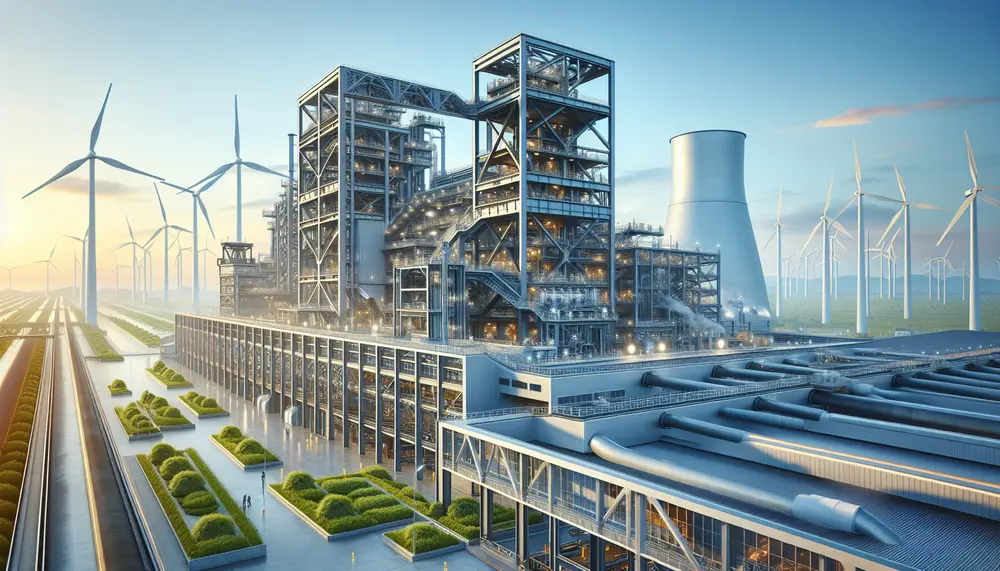
Steelmaking without coal, utilizing electricity and hydrogen from renewable sources, offers a sustainable alternative to traditional methods by reducing carbon emissions. The shift towards green steel production is driven by innovations like electric arc furnaces and low-carbon materials, with industry...
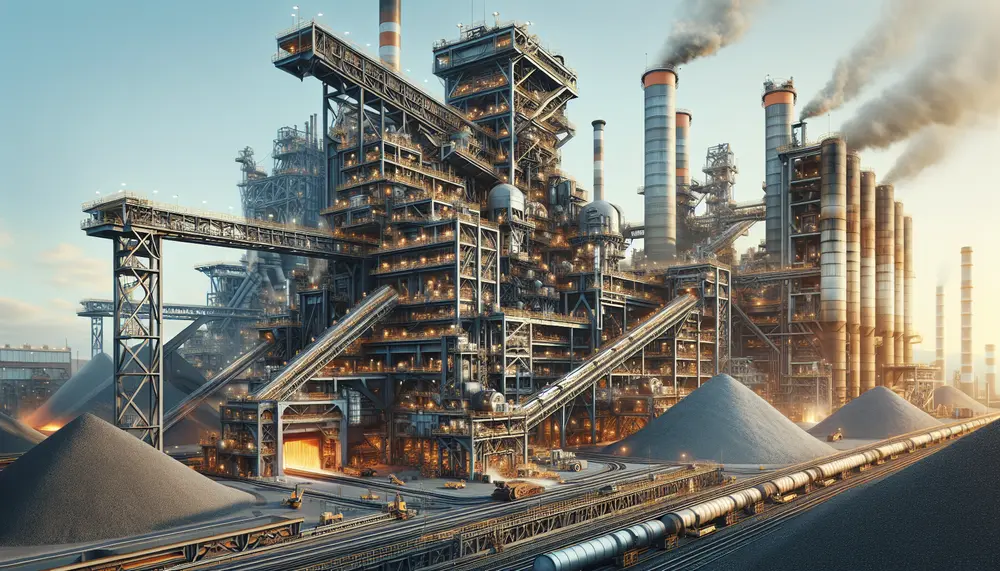
Steelmaking slag, a by-product of steel production, can be repurposed for various applications such as construction and cement production due to its valuable properties like strength, durability, and chemical stability. This not only reduces industrial waste but also promotes environmental...
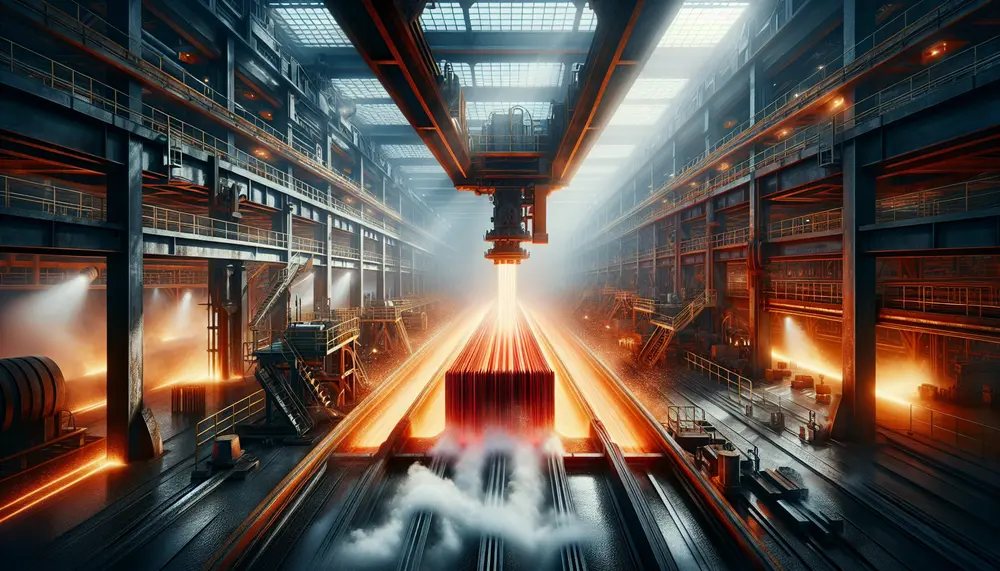
Quenching is a key process in steel production that rapidly cools metal to change its microstructure, increasing hardness and strength by creating martensitic structure. The choice of cooling medium—water, oil, air or others—affects the rate of cooling and final properties...
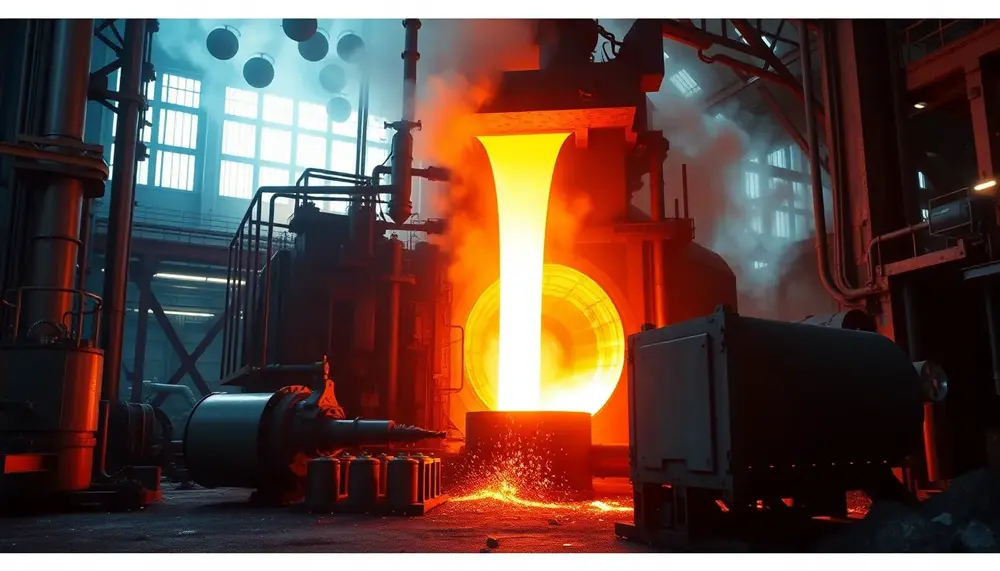
Steelmaking combines science and engineering to transform raw materials into tailored steel products through precise control of temperature, composition, and reactions. Its evolution reflects human innovation, from ancient smelting techniques to modern sustainable methods driven by advanced theoretical principles like...

